Øistein Thorsen: Better animal welfare starts with close observation
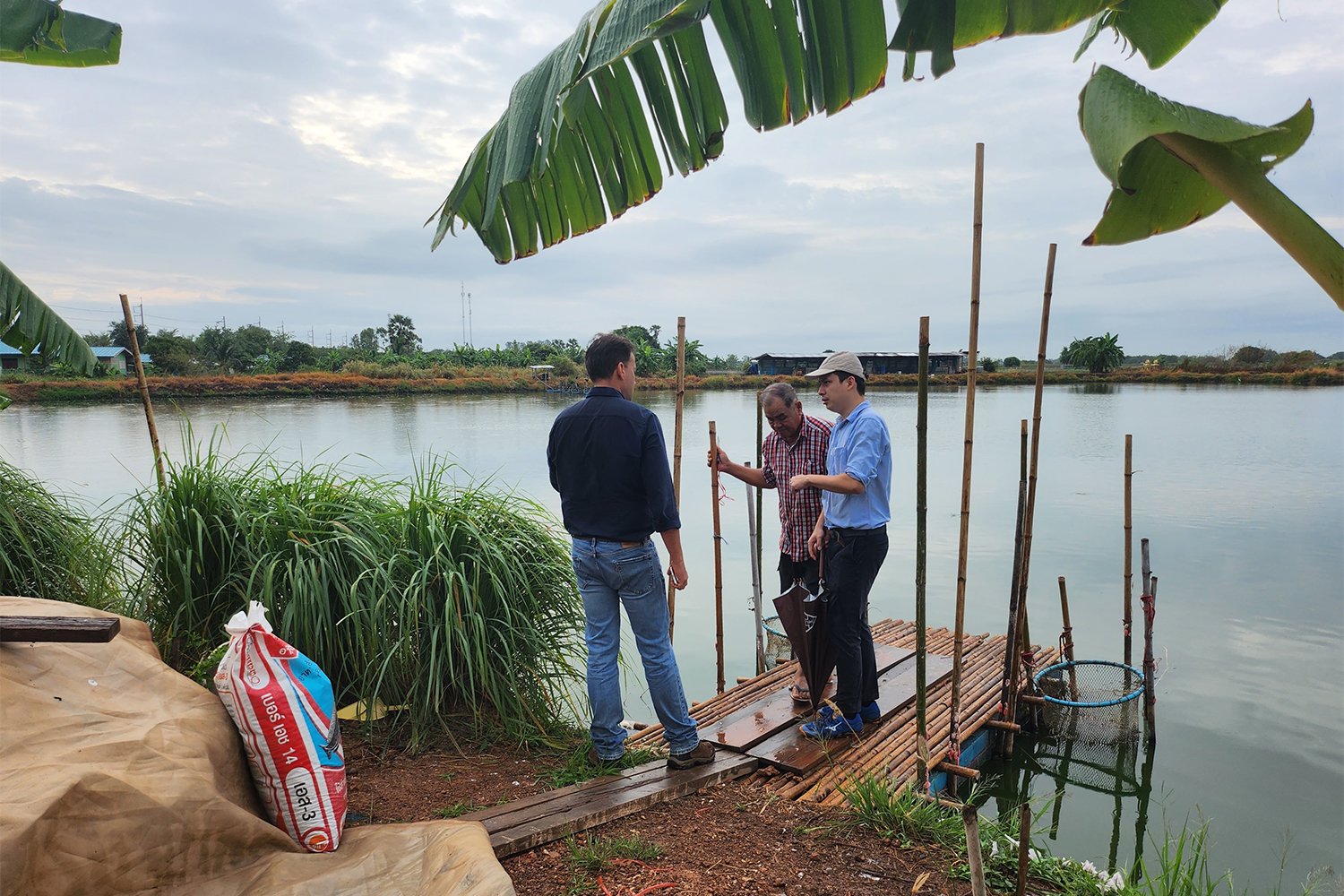
The dominant playbook for farmed animal welfare today embraces a top-down approach, with buyers directing small-scale farmers how to farm and enforcing their demands through third-party audits for certification programs.
But here at FAI Farms, we believe the key to scaling aquatic farm animal welfare starts with training farmers to observe their fish to better identify welfare and business improvement opportunities. This way, welfare is no longer seen as a burden by farmer, but rather a powerful tool to solve their existing production challenges.
Animal welfare in food production is attracting increased interest from industry, academia, policymakers and the public. In academic circles, there is wide recognition that all vertebrates (including fish), decapod crustaceans and cephalopod molluscs are sentient, meaning they can experience positive and negative feelings such as pleasure or pain. This has given rise to civil-society campaigns and new legislation in certain countries all seeking to protect animals’ basic welfare needs (Article 13, Consolidated version of the Treaty on the Functioning of the European Union [2016], OJ C 202).
The dominant market-based theory of change for improving farmed animal welfare is predicated on this rising citizen concern being turned into increased demand for food products differentiated by welfare practices. Meeting this demand has given rise to defined welfare standards and certifications.
What is animal welfare?
But what does animal welfare really mean? The most dominant framework for animal welfare, “The Five Freedoms” (FAWF, 1993), was first proposed more than 50 years ago. It helps to define the mental and physical needs of kept animals by primarily aiming for “freedom from” negative welfare states. These are the freedom from (1) hunger and thirst, (2) discomfort, (3) pain, injury and disease, (4) fear and distress and (5) the freedom to express normal behavior. Most existing certification standards and company policies have structured their requirements around these five freedoms, with little codesign or involvement from farmers.
More recently it has been proposed that animal welfare needs to go beyond avoidance of negatives toward providing an environment that actively promotes positive experiences and emotions for animals (Yeates and Main, 2008). The Five domains framework for animal welfare considers aspects related to the survival of the animals (“nutrition,” “physical environment” and “health”) and animals’ “behavioral interactions” with their environment. These four domains all contribute toward the fifth domain, labeled “mental state” (Mellor, 2020). As our ability to measure and quantify these aspects improve, we gain more insight into animals’ quality of life.
In addition to science, what is deemed acceptable treatment of animals is an ethical question (Broom, 2011). Animal welfare is therefore best understood as both a science-based and value-based concept (Fraser, 2008) that is continuously evolving with society’s expanding scientific understanding and changing moral considerations regarding the needs and wants of animals. While progress has been made, especially in terrestrial farming systems, most welfare certification standards remain niche. Furthermore, little focus has been given to the welfare of the 180 billion aquatic animals alive on aquaculture farms today.
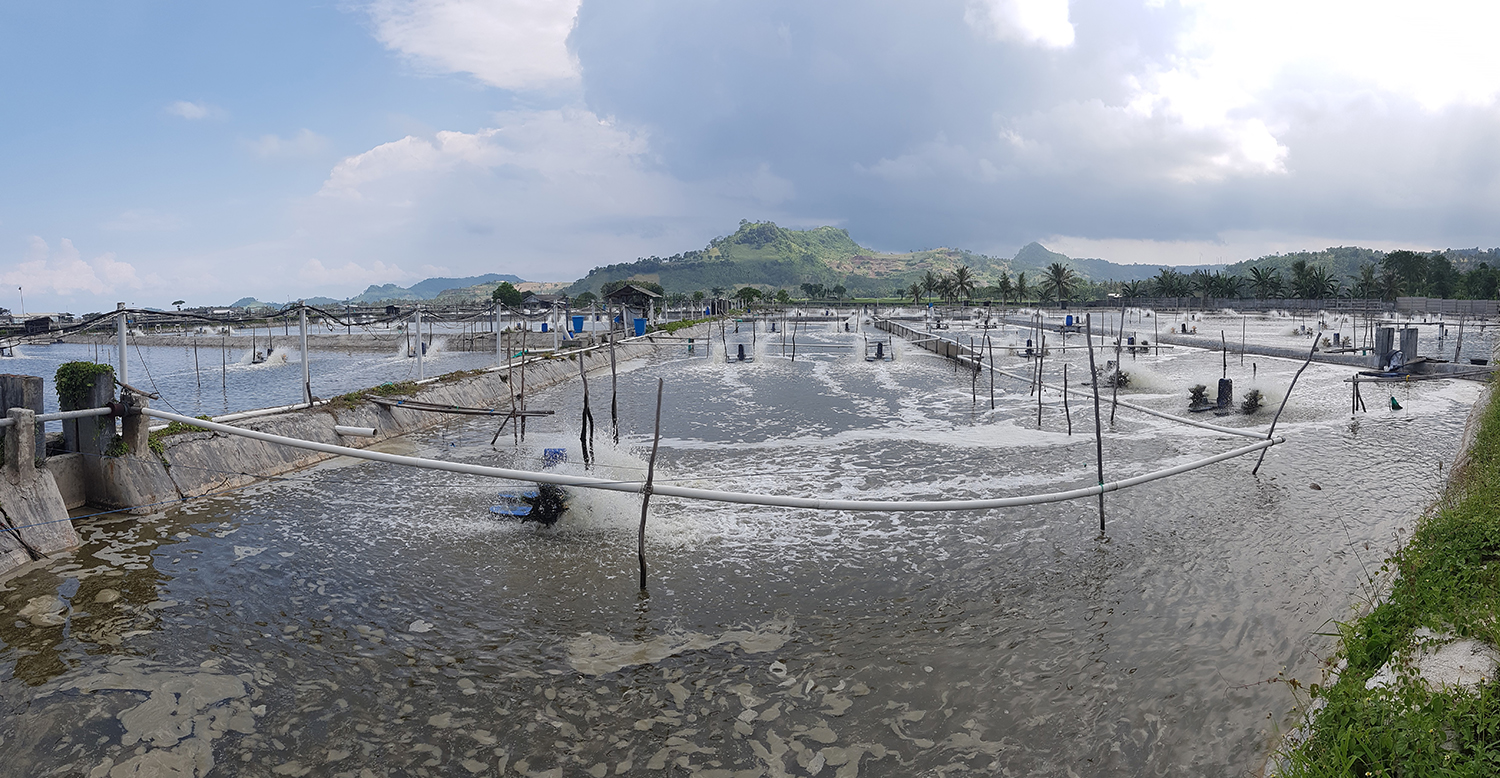
Improving fish welfare starts with the farmer
To address these shortcomings of current market-driven approaches to welfare improvements in aquaculture, FAI has set out to develop a new farmer-centric approach. From our work over the last 20 years, it’s clear that farmers are the people in the supply chain with the most significant impact on the welfare of animals within their care on a day-to-day basis. Therefore, we think the shortest path to impact on aquatic welfare is to work directly with farmers to raise their understanding and change their mindset. We want to position welfare not as a burden or a stick for them to be hit over the head with, but instead as a powerful tool to help farmers solve their existing production challenges.
I was in Vietnam when I first understood the potential for animal welfare and behavioral science to help improve the profitability, welfare and environmental footprint of aquaculture. Hidden in a long presentation about trends, challenges and opportunities facing the Southeast Asian shrimp industry was a mention of management changes that had been made in response to the observation that shrimp primarily feed at night. By redesigning farm routines around this animal behavioral insight, the farms had seen improvements in water quality and growth rates, reduction in mortality and feed costs (the largest input cost on any fed aquaculture farm). A classic win-win-win-win situation resulting from a better understanding of the behavior preferences of the animals we farm.
Farmers are the people in the supply chain with the most significant impact on the welfare of animals within their care on a day-to-day basis.
Putting welfare science in the hands of farmers
Inspired by this insight, our team embarked on a journey to figure out how farmers can access the latest scientific welfare knowledge in a practical way. Alongside our own team, which at the time managed a tilapia hatchery in Brazil, we established a network of fish farmers, industry actors and academics in Brazil, Thailand and China to develop and trial a new approach. We settled on observational assessments as a tool for farmers to learn more about their own fish, while instantaneously comparing it to the best scientific parameters of what good welfare looks like. Through an easy-to-use assessment protocol, with a standardized three-point scoring system to reflect the fish’s experience, we succeeded at making the latest encrypted knowledge from thousands of scientific peer-reviewed publications available to farmers of tilapia, shrimp and carp, for the purpose of identifying improvement opportunities and adapt their practices accordingly.
The assessment protocol builds on the five-domain framework discussed above, but focuses on the four categories that are currently easiest to measure in a practical setting, namely: 1) nutrition; 2) environment; 3) health; and 4) behavior. The protocol is built using language and concepts familiar to fish farmers. Each of the four categories considers the severity and duration of any potential welfare risks and contains sets of parameters for what is acceptable to that specific species at different life stages and independent of different farming systems. The recorded parameters trigger the three-point scoring system that helps farmers identify and prioritize improvement measures, actions and initiatives.
Trust in assessments
Assessments – whether they are conducted by farmers themselves, researchers, or company representatives of third parties – are a powerful tool to overcome the limits of current top-down mandated improvement models. Assessments, in contrast, are a democratizing tool that can educate and inspire. While certifications alone are unlikely to ever have the bandwidth to reach every aquaculture farmer around the world, a mindset shift, might!
By setting specific, measurable, achievable, relevant and time-bound goals and regularly reviewing their progress, assessments help move us towards more sustainable, higher welfare and efficient food supply chains. Not because farmers are told to, but because they want to. By aligning benefits for farmers and animals, food supply chain companies can openly demonstrate their commitment to welfare and sustainability – which in turn will help build trust with consumers and other stakeholders.
Aquatic animal welfare is a relatively new field and the assessment framework builds on current best knowledge and practice. Our goal – and we hope you share it – is to operationalize welfare by creating a common industry language for what good aquatic welfare looks like and how to improve it.
Follow the Advocate on Twitter @GSA_Advocate
Now that you've reached the end of the article ...
… please consider supporting GSA’s mission to advance responsible seafood practices through education, advocacy and third-party assurances. The Advocate aims to document the evolution of responsible seafood practices and share the expansive knowledge of our vast network of contributors.
By becoming a Global Seafood Alliance member, you’re ensuring that all of the pre-competitive work we do through member benefits, resources and events can continue. Individual membership costs just $50 a year.
Not a GSA member? Join us.
Author
-

Øistein Thorsen
CEO
FAI Farms
Tagged With
Related Posts
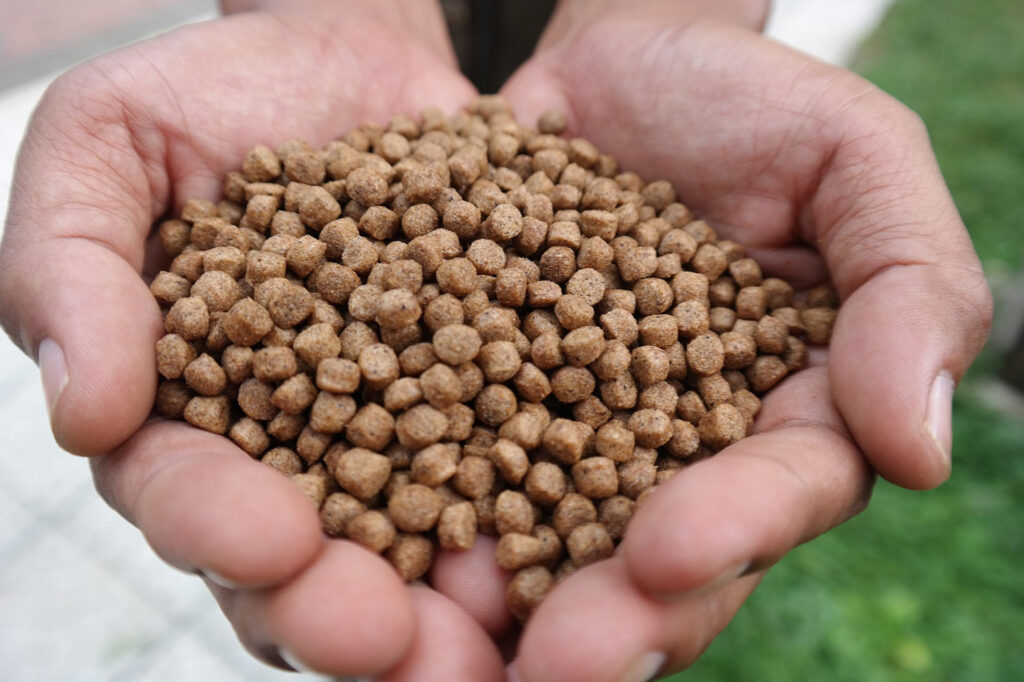
Aquafeeds
A primer on sustainable feeds: Improving aquafeeds for sustainability, fish welfare and human nutrition
Improving aquafeed formulations can augment the sustainability and efficiency of aquaculture production – a new series from the GAIN project.
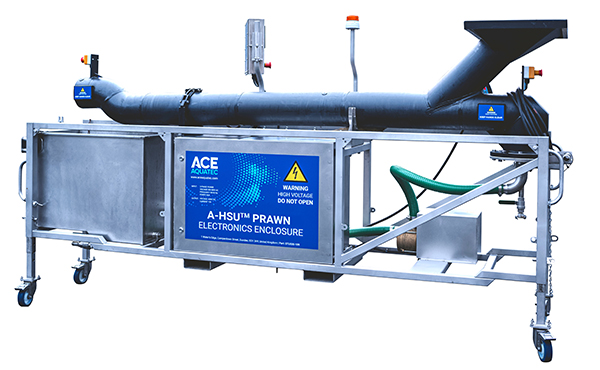
Health & Welfare
Ace Aquatec launches in-water portable prawn stunner to improve aquaculture welfare
The company's Prawn Humane Stunner Universal can stun prawns unconscious in less than one second, improving animal welfare in aquaculture.
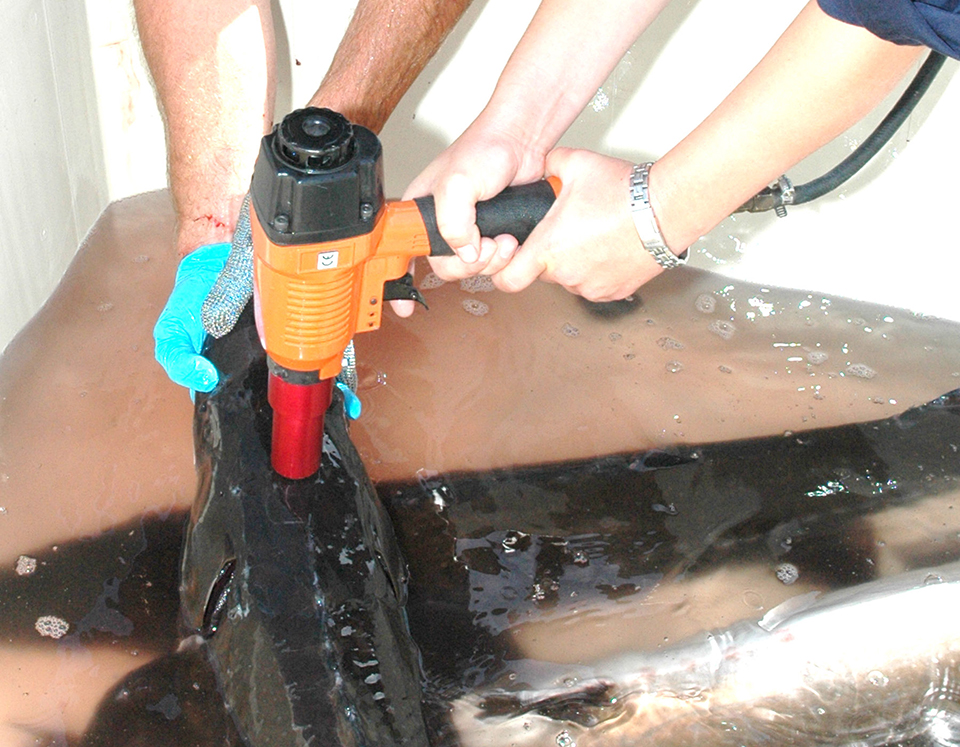
Health & Welfare
Animal welfare: Growing factor in international aquaculture
Although concerns for the animal welfare of food animals are currently highest in the United Kingdom and European Union, they are also growing in other parts of the world.
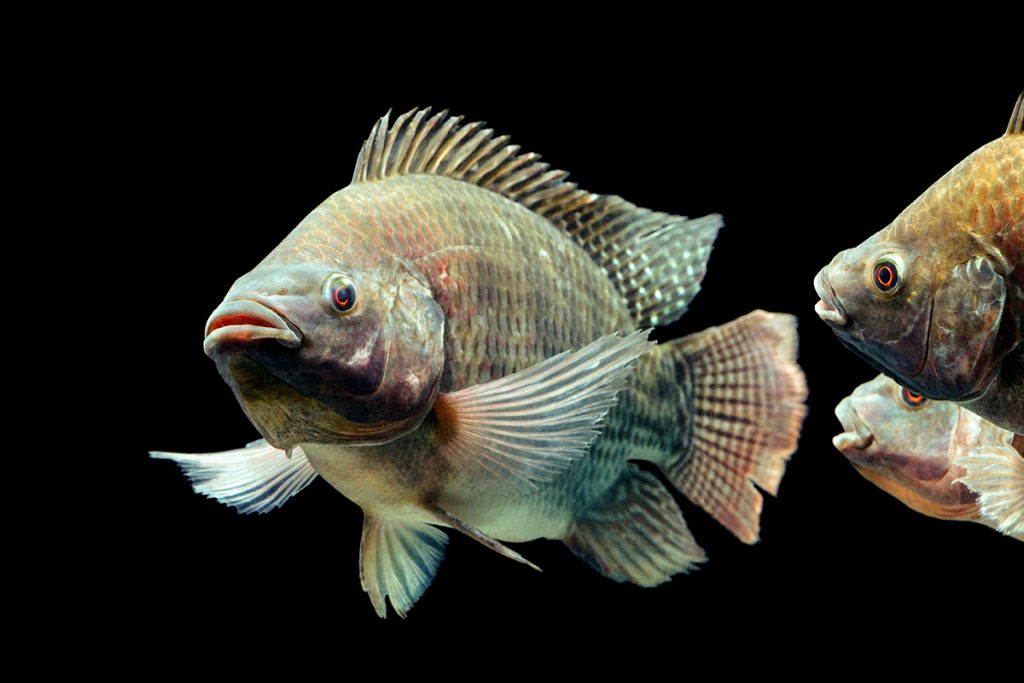
Health & Welfare
‘The right thing to do’: How aquaculture is innovating to reduce fish stress and improve animal welfare
With research showing that stress can damage meat quality, fish and shrimp farmers are weighing the latest animal welfare solutions.

